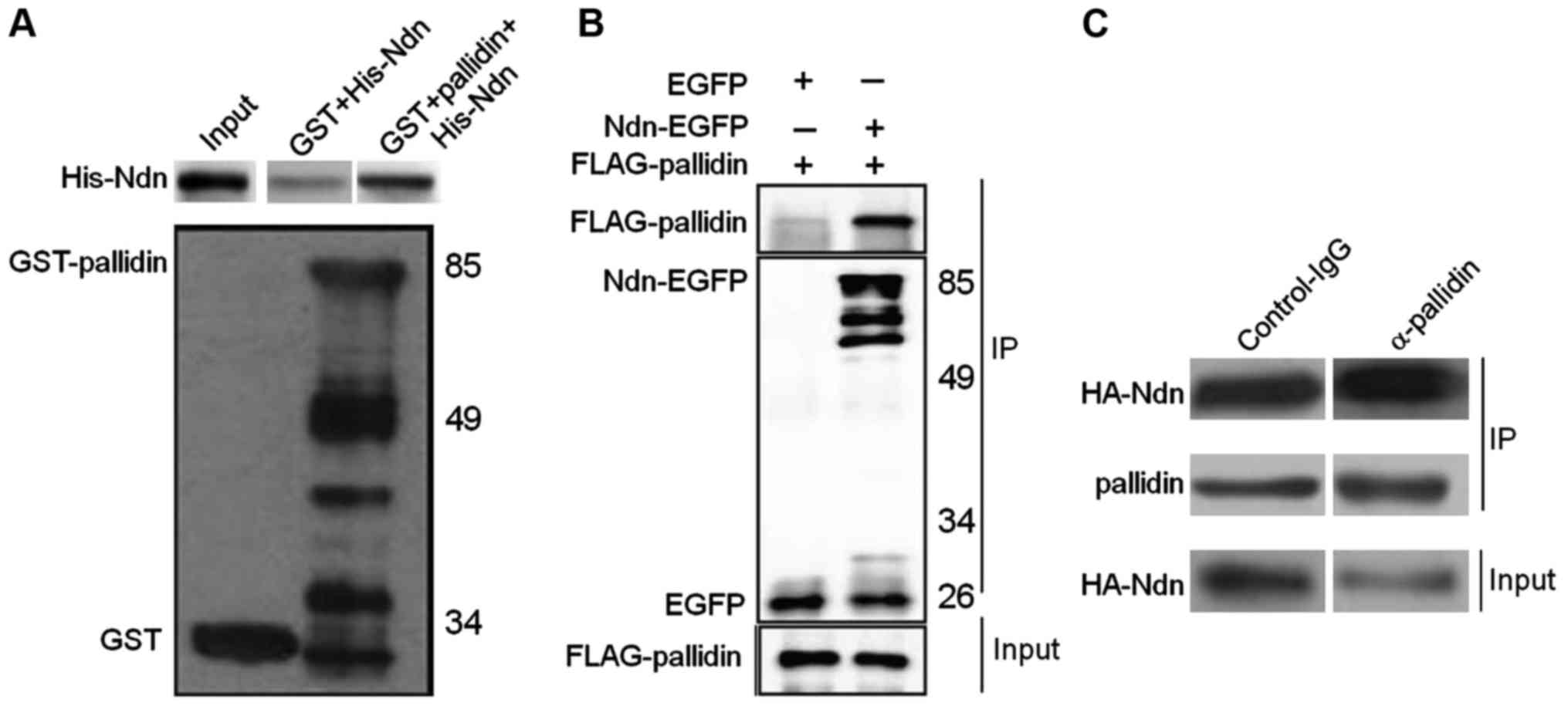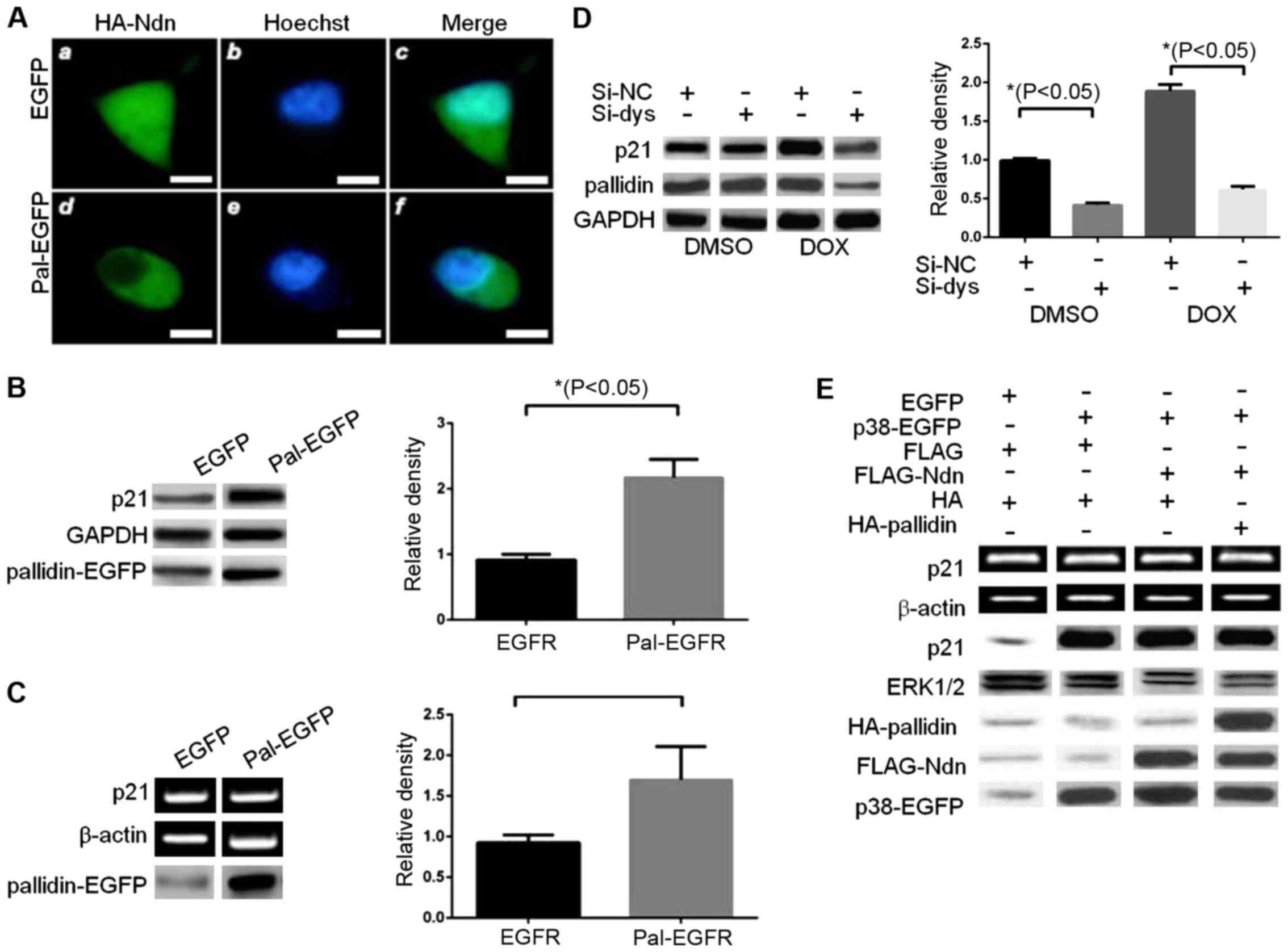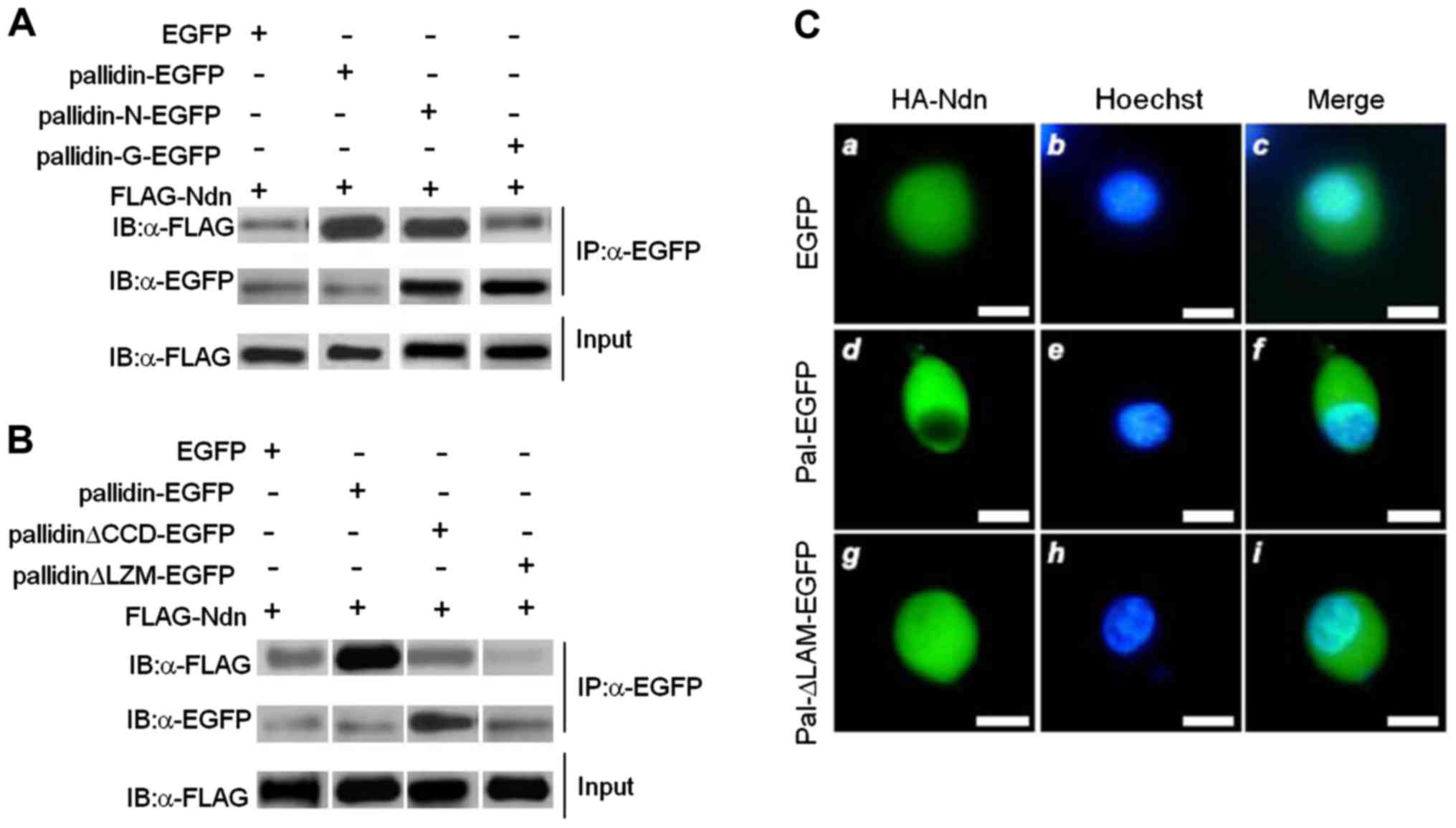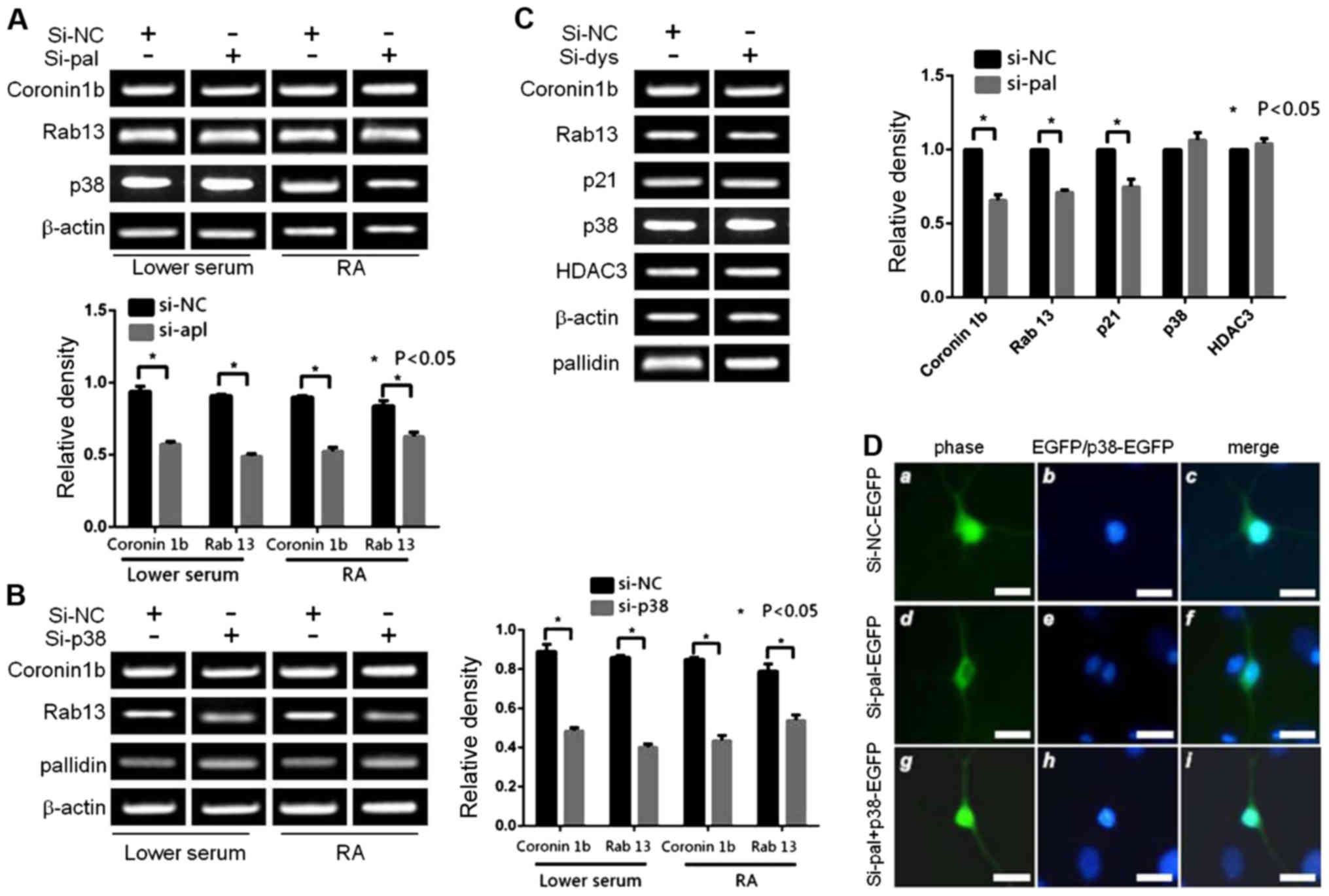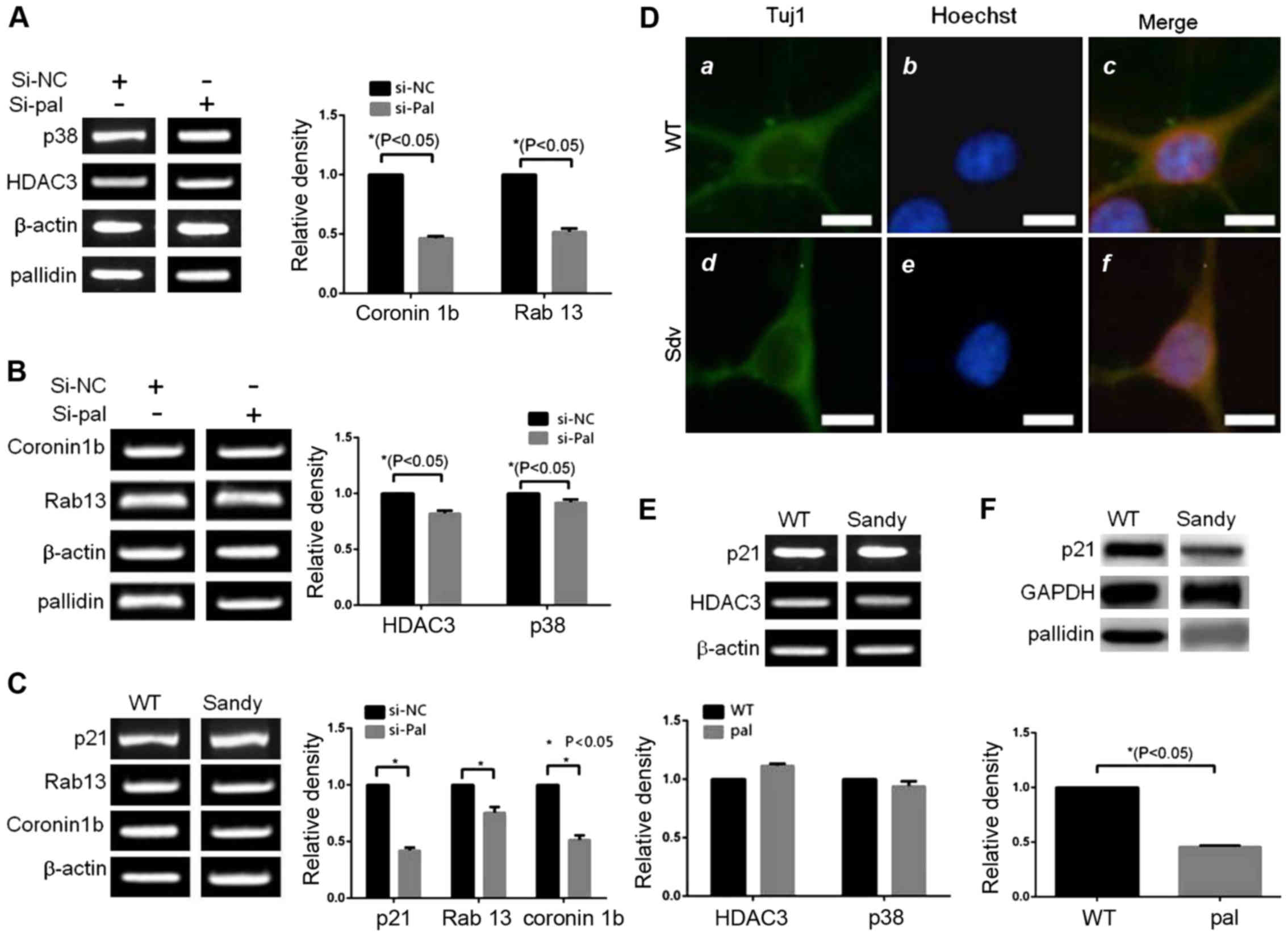|
1
|
Hermann GJ, Scavarda E, Weis AM, Saxton
DS, Thomas LL, Salesky R, Somhegyi H, Curtin TP, Barrett A, Foster
OK, et al: C. elegans BLOC-1 functions in trafficking to
lysosome-related gut granules. PLoS One. 7:e430432012. View Article : Google Scholar : PubMed/NCBI
|
|
2
|
Larimore J, Ryder PV, Kim KY, Ambrose LA,
Chapleau C, Calfa G, Gross C, Bassell GJ, Pozzo-Miller L, Smith Y,
et al: MeCP2 regulates the synaptic expression of a
Dysbindin-BLOC-1 network component in mouse brain and human induced
pluripotent stem cell-derived neurons. PLoS One. 8:e650692013.
View Article : Google Scholar : PubMed/NCBI
|
|
3
|
Padeĭskaia EN, Kutchak SN and Polukhina
LM: Comparative activity of depot sulfanilamides in experimental
infection in mice caused by K1. pneumoniae. Antibiotiki.
25:193–198. 1980.(In Russian). PubMed/NCBI
|
|
4
|
Huard C, Martinez RV, Ross C, Johnson JW,
Zhong W, Hill AA, Kim R, Paulsen JE and Shih HH: Transcriptional
profiling of C2C12 myotubes in response to SHIP2 depletion and
insulin stimulation. Genomics. 89:270–279. 2007. View Article : Google Scholar : PubMed/NCBI
|
|
5
|
Nazarian R, Starcevic M, Spencer MJ and
Dell'Angelica EC: Reinvestigation of the dysbindin subunit of
BLOC-1 (biogenesis of lysosome-related organelles complex-1) as a
dystrobrevin-binding protein. Biochem J. 395:587–598. 2006.
View Article : Google Scholar : PubMed/NCBI
|
|
6
|
Schmitz G and Schambeck CM: Molecular
defects in the ABCA1 pathway affect platelet function. Pathophysiol
Haemost Thromb. 35:166–174. 2006. View Article : Google Scholar : PubMed/NCBI
|
|
7
|
Dotta L, Parolini S, Prandini A, Tabellini
G, Antolini M, Kingsmore SF and Badolato R: Clinical, laboratory
and molecular signs of immunodeficiency in patients with partial
oculo-cutaneous albinism. Orphanet J Rare Dis. 8:1682013.
View Article : Google Scholar : PubMed/NCBI
|
|
8
|
Larimore J, Zlatic SA, Gokhale A, Tornieri
K, Singleton KS, Mullin AP, Tang J, Talbot K and Faundez V:
Mutations in the BLOC-1 subunits dysbindin and muted generate
divergent and dosage-dependent phenotypes. J Biol Chem.
289:14291–14300. 2014. View Article : Google Scholar : PubMed/NCBI
|
|
9
|
Cullinane AR, Curry JA, Carmona-Rivera C,
Summers CG, Ciccone C, Cardillo ND, Dorward H, Hess RA, White JG,
Adams D, et al: A BLOC-1 mutation screen reveals that PLDN is
mutated in Hermansky-Pudlak Syndrome type 9. Am J Hum Genet.
88:778–787. 2011. View Article : Google Scholar : PubMed/NCBI
|
|
10
|
Monfregola J, Napolitano G, D'Urso M,
Lappalainen P and Ursini MV: Functional characterization of
Wiskott-Aldrich syndrome protein and scar homolog (WASH), a
bi-modular nucleation-promoting factor able to interact with
biogenesis of lysosome-related organelle subunit 2 (BLOS2) and
gamma-tubulin. J Biol Chem. 285:16951–16957. 2010. View Article : Google Scholar : PubMed/NCBI
|
|
11
|
Wang P, Wang L, Wang S, Li S, Li Y and
Zhang L: Effects of calcium-sensing receptors on apoptosis in rat
hippocampus during hypoxia/reoxygenation through the ERK1/2
pathway. Int J Clin Exp Pathol. 8:10808–10815. 2015.PubMed/NCBI
|
|
12
|
Shao M, Tang ST, Liu B and Zhu HQ: Rac1
mediates HMGB1-induced hyperpermeability in pulmonary microvascular
endothelial cells via MAPK signal transduction. Mol Med Rep.
13:529–535. 2016.PubMed/NCBI
|
|
13
|
Sapkota M, Li L, Choi H, Gerwick WH and
Soh Y: Bromo-honaucin A inhibits osteoclastogenic differentiation
in RAW 264.7 cells via Akt and ERK signaling pathways. Eur J
Pharmacol. 769:100–109. 2015. View Article : Google Scholar : PubMed/NCBI
|
|
14
|
Sabogal-Guáqueta AM, Osorio E and
Cardona-Gómez GP: Linalool reverses neuropathological and
behavioral impairments in old triple transgenic Alzheimer's mice.
Neuropharmacology. 102:111–120. 2016. View Article : Google Scholar : PubMed/NCBI
|
|
15
|
Delevoye C, Heiligenstein X, Ripoll L,
Gilles-Marsens F, Dennis MK, Linares RA, Derman L, Gokhale A, Morel
E, Faundez V, et al: BLOC-1 brings together the actin and
microtubule cytoskeletons to generate recycling endosomes. Curr
Biol. 26:1–13. 2016. View Article : Google Scholar : PubMed/NCBI
|
|
16
|
Li W, Zhang Q, Oiso N, Novak EK, Gautam R,
O'Brien EP, Tinsley CL, Blake DJ, Spritz RA, Copeland NG, et al:
Hermansky-Pudlak syndrome type 7 (HPS-7) results from mutant
dysbindin, a member of the biogenesis of lysosome-related
organelles complex 1 (BLOC-1). Nat Genet. 35:84–89. 2003.
View Article : Google Scholar : PubMed/NCBI
|
|
17
|
Fu ZF, Li X and Dhingra V: Pathogenic
rabies virus alters host protein expression in the central nervous
system: implications for neuronal dysfunction. Dev Biol (Basel).
131:83–91. 2008.PubMed/NCBI
|
|
18
|
Spiegel S, Chiu A, James AS, Jentsch JD
and Karlsgodt KH: Recognition deficits in mice carrying mutations
of genes encoding BLOC-1 subunits pallidin or dysbindin. Genes
Brain Behav. 14:618–624. 2015. View Article : Google Scholar : PubMed/NCBI
|
|
19
|
Martina JA, Moriyama K and Bonifacino JS:
BLOC-3, a protein complex containing the Hermansky-Pudlak syndrome
gene products HPS1 and HPS4. J Biol Chem. 278:29376–29384. 2003.
View Article : Google Scholar : PubMed/NCBI
|
|
20
|
Han MH, Hu Z, Chen CY, Chen Y, Gucek M, Li
Z and Markey SP: Dysbindin-associated proteome in the p2
synaptosome fraction of mouse brain. J Proteome Res. 13:4567–4580.
2014. View Article : Google Scholar : PubMed/NCBI
|
|
21
|
Gwynn B, Martina JA, Bonifacino JS,
Sviderskaya EV, Lamoreux ML, Bennett DC, Moriyama K, Huizing M,
Helip-Wooley A, Gahl WA, et al: Reduced pigmentation (rp), a mouse
model of Hermansky-Pudlak syndrome, encodes a novel component of
the BLOC-1 complex. Blood. 104:3181–3189. 2004. View Article : Google Scholar : PubMed/NCBI
|
|
22
|
Valenti O and Grace AA: Antipsychotic
drug-induced increases in ventral tegmental area dopamine neuron
population activity via activation of the nucleus accumbens-ventral
pallidum pathway. Int J Neuropsychopharmacol. 13:845–860. 2010.
View Article : Google Scholar : PubMed/NCBI
|
|
23
|
Kouloumenta A, Mavroidis M and Capetanaki
Y: Proper perinuclear localization of the TRIM-like protein
myospryn requires its binding partner desmin. J Biol Chem.
282:35211–35221. 2007. View Article : Google Scholar : PubMed/NCBI
|
|
24
|
Dhingra V, Li X, Liu Y and Fu ZF:
Proteomic profiling reveals that rabies virus infection results in
differential expression of host proteins involved in ion
homeostasis and synaptic physiology in the central nervous system.
J Neurovirol. 13:107–117. 2007. View Article : Google Scholar : PubMed/NCBI
|
|
25
|
Badolato R, Prandini A, Caracciolo S,
Colombo F, Tabellini G, Giacomelli M, Cantarini ME, Pession A, Bell
CJ, Dinwiddie DL, et al: Exome sequencing reveals a pallidin
mutation in a Hermansky-Pudlak-like primary immunodeficiency
syndrome. Blood. 119:3185–3187. 2012. View Article : Google Scholar : PubMed/NCBI
|
|
26
|
Lee HH, Nemecek D, Schindler C, Smith WJ,
Ghirlando R, Steven AC, Bonifacino JS and Hurley JH: Assembly and
architecture of biogenesis of lysosome-related organelles complex-1
(BLOC-1). J Biol Chem. 287:5882–5890. 2012. View Article : Google Scholar : PubMed/NCBI
|



